Chevy Blazer Through the Years
The original Chevy Blazer was equally adept on- and off-road. The Chevy Blazer has morphed over the years, with an all-new electric Blazer in 2024.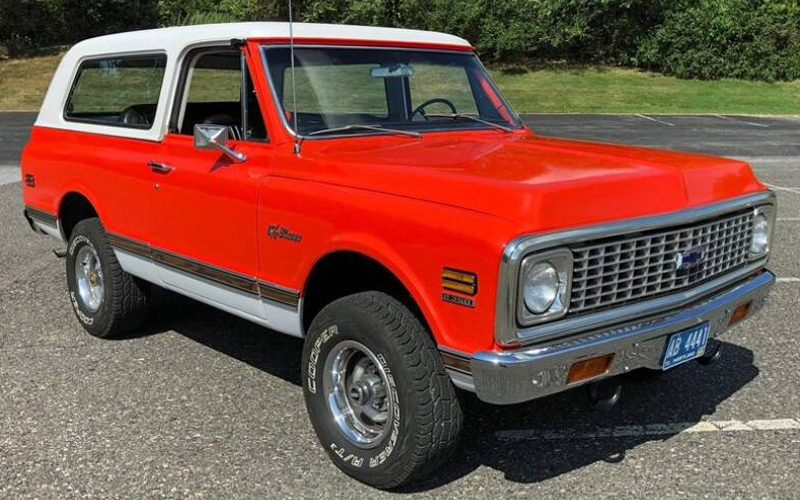
1972 Chevrolet K5 Blazer – carsforsale.com | Shop Chevrolet Blazer on Carsforsale.com
The Chevrolet Blazer nameplate has been in use since 1969 when it arrived as a truck-based, full-size off-roader aimed at the Ford Bronco and International Scout. More than 50 years later, the Blazer has been transformed into a mid-size crossover offered with a gas-powered engine or as a fully electric vehicle. Across those intervening decades, the Blazer has jumped around the automotive sizing segments but has always been an SUV of one shape or another. Today, we’ll walk through how the Chevy Blazer has morphed over the years, chronologically, in an effort to clarify what can be a confusing history.
1969-1972: Full-size K5 Blazer Debuts
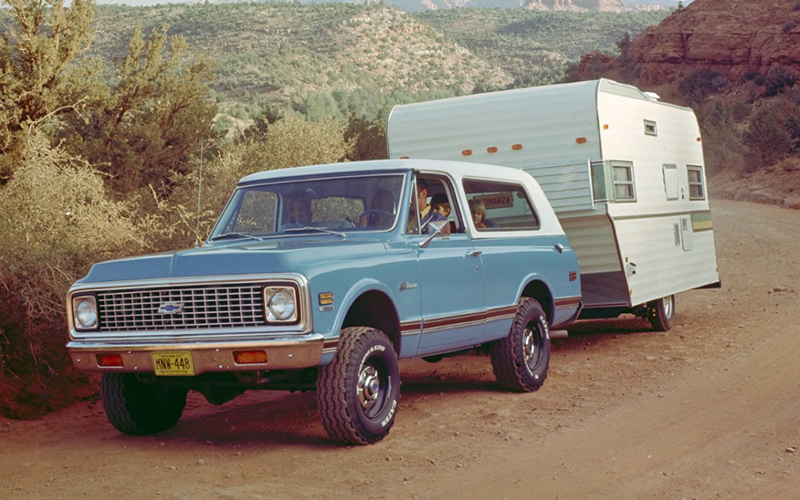
The Chevrolet Blazer debuted in 1969 riding on a shortened version of the Chevy K10 truck platform. Though this full-size Blazer goes by the K5 name, the automaker never actually referred to it that way internally. It was an early version of the later SUV craze that combined off-road abilities with amenities that were considered luxuries at the time like air-conditioning and an automatic transmission.
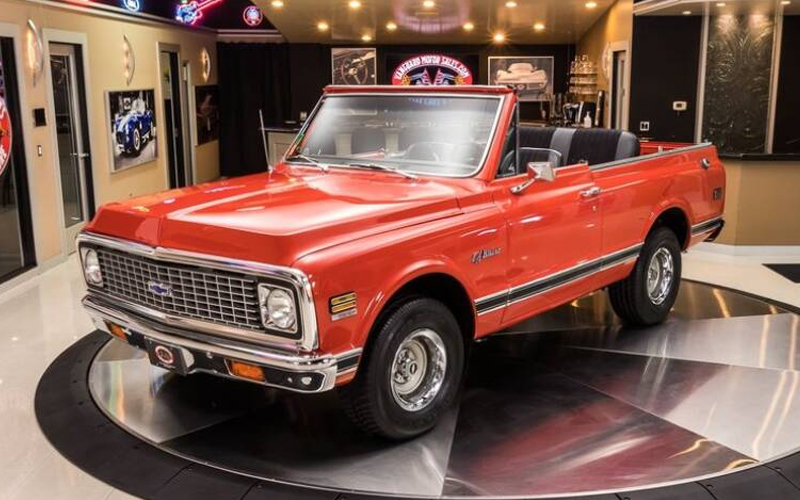
The first-gen K5 Blazer was a true convertible, with a removable hard- or soft-top, that stretched from the windshield to the tailgate. Chevy fitted a 250 CID straight-6 making 110 horsepower as standard along with an optional 292 CID inline-6, a 307 CID V8, and a 170-horse 350 CID V8. Transmission choices included a 3-speed automatic and a 3- or 4-speed manual. Starting in 1970, the GMC Jimmy badge-engineered twin joined the lineup and by 1971, four-corner disc brakes were standard fare.
1973-1991: Second-Generation K5 Blazer
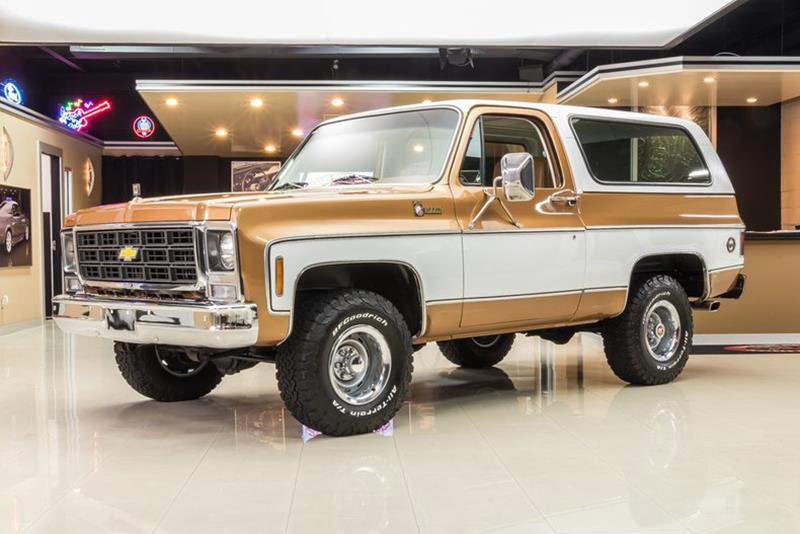
After a brief early run, Chevy applied the new “Rounded Line” truck design to the K5 Blazer and proceeded to stretch its production life across 18 years, which is quite a long time in car years. To get a sense of how dramatically different these big Blazers were versus the SUVs we’re accustomed to today, it’s worth looking at a test published by Popular Science in 1974. The Blazer they tested, with the 250 CID straight-6, required almost 26 seconds to go from 0-60 mph and achieved just 11 mpg at a steady 60 mph.
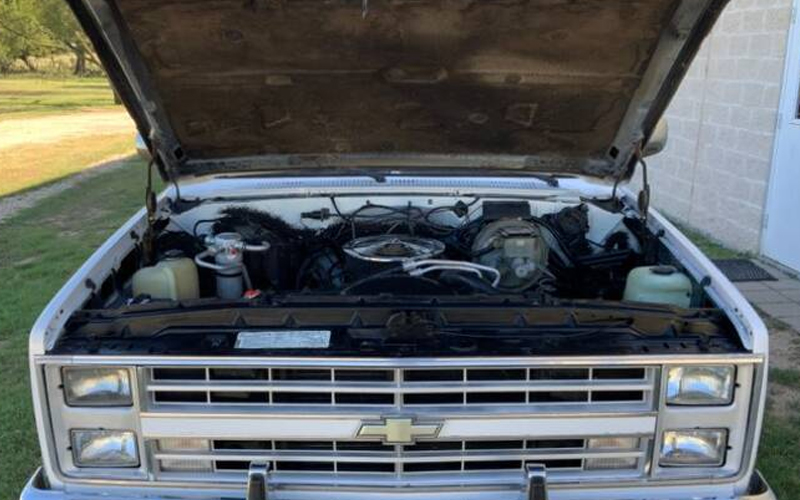
These Blazers had a retractable window in the tailgate controlled via manual crank or a dashboard switch, offering improved cabin ventilation. And for 1976, the cabin saw an uptick in safety and the promise of less leaking when the new half-cab design was implemented with the convertible top now starting behind the front doors. In 1983, GM changed the official name of its big SUV to Full-Size Blazer in an attempt to differentiate it from the new S-10 Blazer. By 1987, the 5.7L V8 with throttle body injection had become the standard Blazer engine making 210 hp and 300 lb-ft of torque.
1983-1994: The S-10 “Baby” Blazer Arrives

Midway through second-gen full-size K5 Blazer production, Chevy tapped the compact S-10 pickup truck for a new S-10 Blazer variant. Dramatically smaller than its big brother, this baby Blazer was 14” shorter and had a fixed top, but in fact bested the K5 Blazer in cargo capacity by a single cubic foot. Initially sold with a wildly underpowered 2.0L inline-4 making just 83 hp, the first-gen S-10 Blazer was making 150 hp from its optional 4.3L V6 by 1988.
Two interesting historical notes from this period were the four-door Blazer that landed in 1991 and the Tahoe package from 1992. The four-door Blazer went on sale just a few months before the then-new Ford Explorer, an SUV that is often hailed as inventing the modern SUV craze. And that 1992 optional Tahoe package, with more luxurious features, foreshadowed an incoming standalone Chevy nameplate that would go on to more than 30 years of continuous production. In 1993, the S-10 Blazer became simply the S-Blazer.
1992-1994: Final Run of the Full-Size Blazer
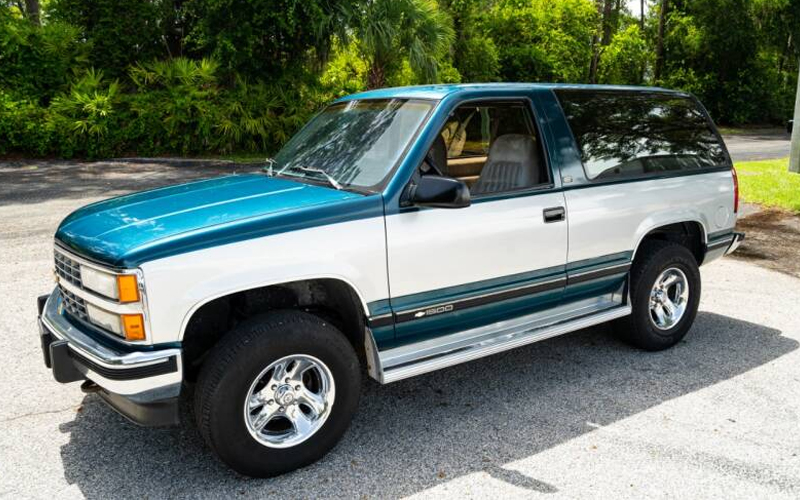
The early 90s are when the Blazer naming conventions start to get really squirrelly. In 1992, the full-size Blazer moved onto Chevy’s GMT400 truck platform, gaining 5” in wheelbase and 2” in overall length, but dropping the convertible top in favor of a fixed roof. This was also the year that GMC renamed its Jimmy variant the now-familiar Yukon. Still a two-door-only SUV, these Chevy Blazers came with a 5.7L V8 and the option for a 6.5L turbodiesel V8 making 180 hp and 360 lb-ft of torque.
1995-2005: Only The Baby Blazer Remains
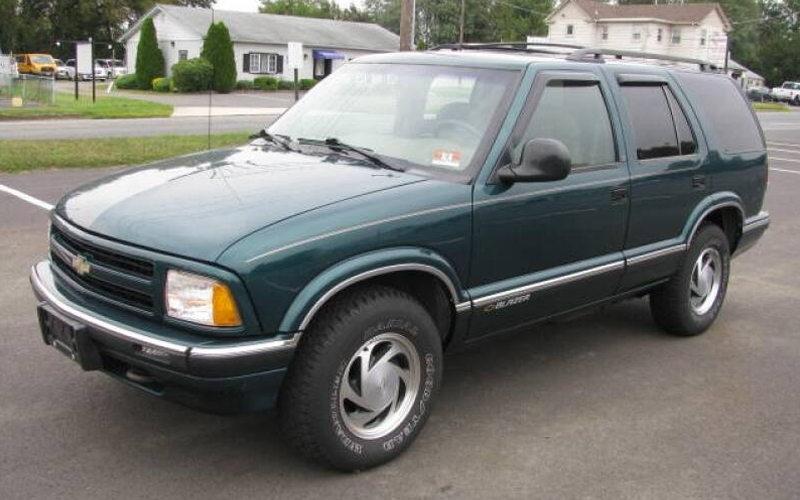
In 1995, Chevrolet changed the name of its full-size Blazer to Tahoe and hasn’t looked back. The Tahoe brand has been in continual production since then, as the shortened version of the long-running Suburban, and the Blazer nameplate went on to various iterations starting with the newly mid-sized 1995 Blazer (the S was dropped for this generation). It gained 5” of length while adding a standard V6 and driver-side airbag.
The following year, 1996, Chevy started selling something of a forgotten off-road beast with the Blazer ZR2 model. Highlights included a 4” wider track courtesy of a beefed-up frame as well as a 3” suspension lift, 31” tires, skid plates, and Bilstein dampers. This Blazer series was a hit, earning Truck of the Year accolades in 1995 from Motor Trend and the North American International Auto Show. Cosmetic updates were applied over the course of production and, as Chevy is wont to do, a TrailBlazer appearance package from 1999 foretold where the Blazer brand was headed.
2002-2009: The First TrailBlazer
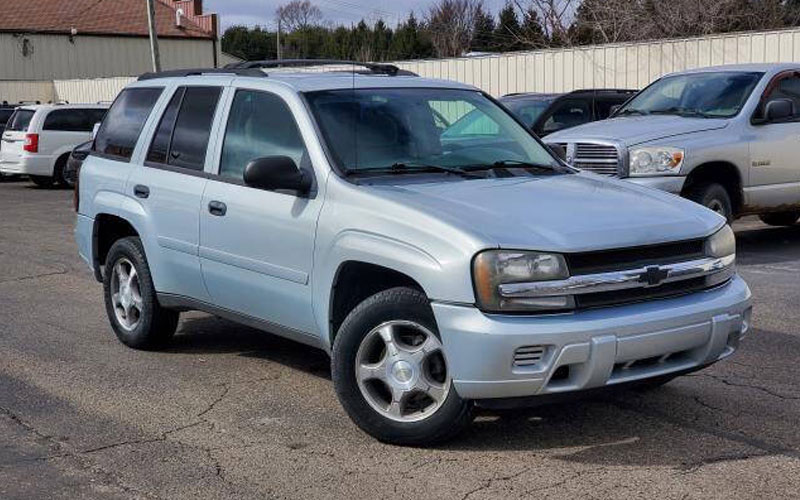
Before the compact Trailblazer from 2021 (with a small “b”), there was the much larger TrailBlazer (capital “B”) from 2002. Produced in parallel, for a few years, with the mid-size Blazer, this new SUV took its name from its sibling’s old appearance package and applied it to the GMT360 truck platform. In standard form, the new four-door-only TrailBlazer was 3” longer with an extra 6” between the wheels versus the period four-door Blazer. There was also a 3-row EXT variant which stretched 19” beyond the smaller Blazer.
The TrailBlazer debuted with a standard 4.3L V6 making 273 hp or an optional 5.3L V8 rated for 302 hp and featuring cylinder deactivation tech. Newly available content pushed the latest Blazer variant upmarket in LTZ trim with its leather upholstery, heated front seats, and rear DVD entertainment system. GM thrilled performance fans when it unveiled the TrailBlazer SS in 2006. Packing the 6.0L LS2 V8 out of the C6 Corvette, this early hotrod SUV made 395 hp and could go from 0-60 in 5.5 seconds.
2019-Present: Chevy Blazer Returns
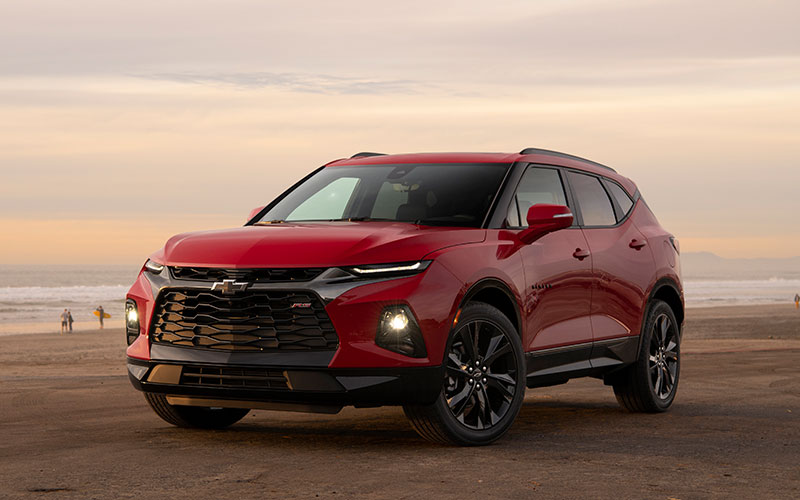
After a decade-long nap, Chevrolet brought the Blazer nameplate back to life as an all-new mid-size crossover. Long gone were the days of truck platforms, rear-wheel drive, and 4×4 with a dual-range transfer case. This modern Blazer followed the popular crossover formula of front-wheel drive with the option for all-wheel drive. Big V8 powerplants were also retired in favor of a fuel-efficient four-cylinder or 3.6L V6 making 305 hp.
Loyal Blazer fans were understandably bent out of shape as this all-new Blazer was the polar opposite of its hard-charging adventure-ready forebears. But remember that 11 mpg rating that Popular Science recorded in 1974? The 2020 Blazer with the 2.5L inline-4 and FWD is rated for 27 mpg on the highway, which is quite an improvement. These new Blazers leaned on the Camaro pony car for exterior looks and came standard with an 8” infotainment touchscreen, smartphone mirroring, and a Wi-Fi hotspot.
Chevrolet continued to muddy the Blazer naming waters by reviving the Trailblazer (with a lowercase “b” again) in 2021. This tiny crossover sat below the Equinox, which itself was underneath the Blazer in size, followed by the Traverse and Tahoe.
A 2023 update to the mid-size Blazer added a redesigned front end, new wheels up to size 21, more colors, and a 10” touchscreen. For 2025, the current Chevrolet Blazer carries on unchanged…in ICE form that is.
2024-Present: Electric Blazer
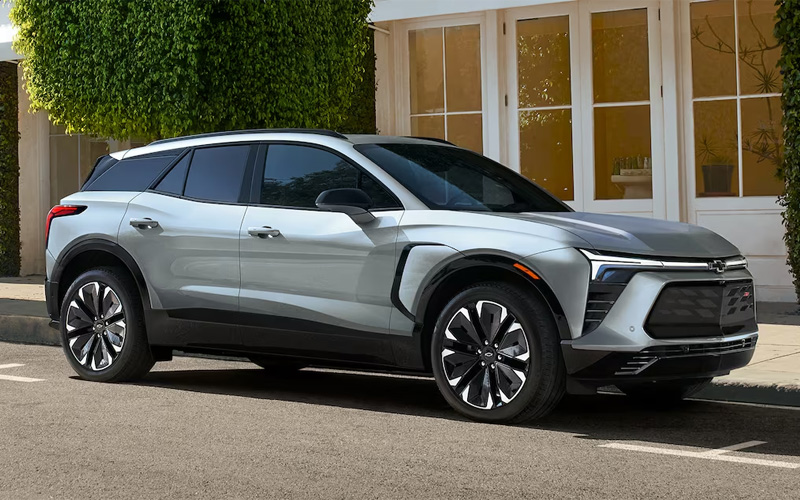
Sold as the Blazer EV – though Electric Blazer would be cooler – the battery-powered 2024 Blazer shares only a name with its ICE counterpart. Just in case you were wondering, counting this new EV, the Blazer moniker has so far been reworked 8 different times. Wow. Anway, the latest electric variant looks poised to carry the Chevrolet Blazer torch into the future.
Although rollout is ongoing, the current Blazer EV powertrain lineup consists of a single-motor FWD model with 220 hp, a dual-motor AWD setup with 300 hp, a single-motor RWD variant generating 365 hp, and a high-performance Blazer EV SS making 615 hp. Battery capacity ranges from 85 to 102 kWh and driving range is as high as 334 miles, depending on configuration.
As for features, Chevy loads its new EV with a 17.7” central touchscreen, a fully digital gauge cluster, room for up to 5 passengers, plus options like Super Cruise hands-free driving tech, a head-up display, and climatized front seats. It’ll be interesting to see where the Chevrolet Blazer goes from here, but we certainly hope it continues its 5-decade run for many more to come.


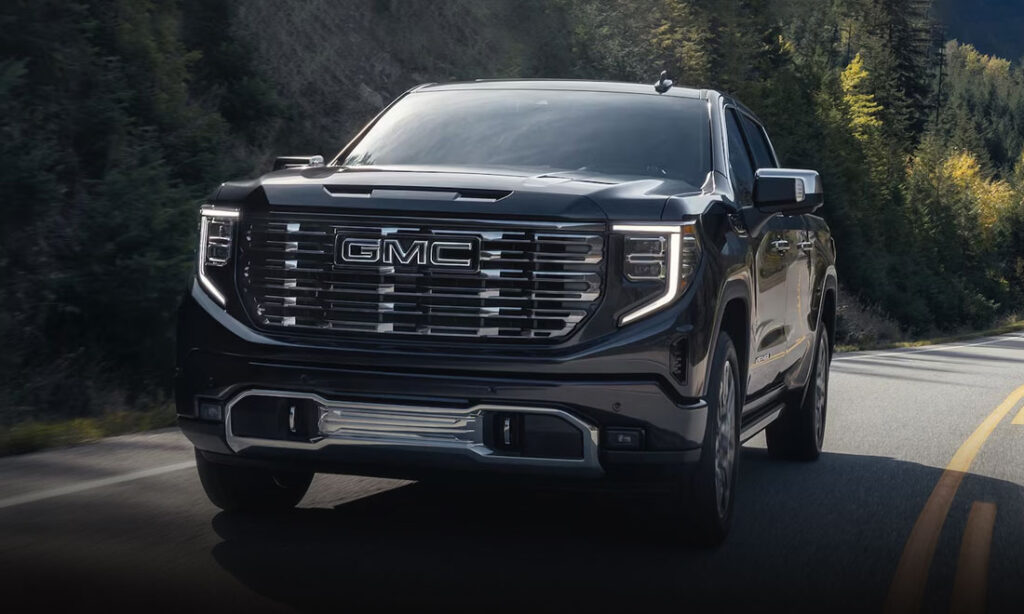
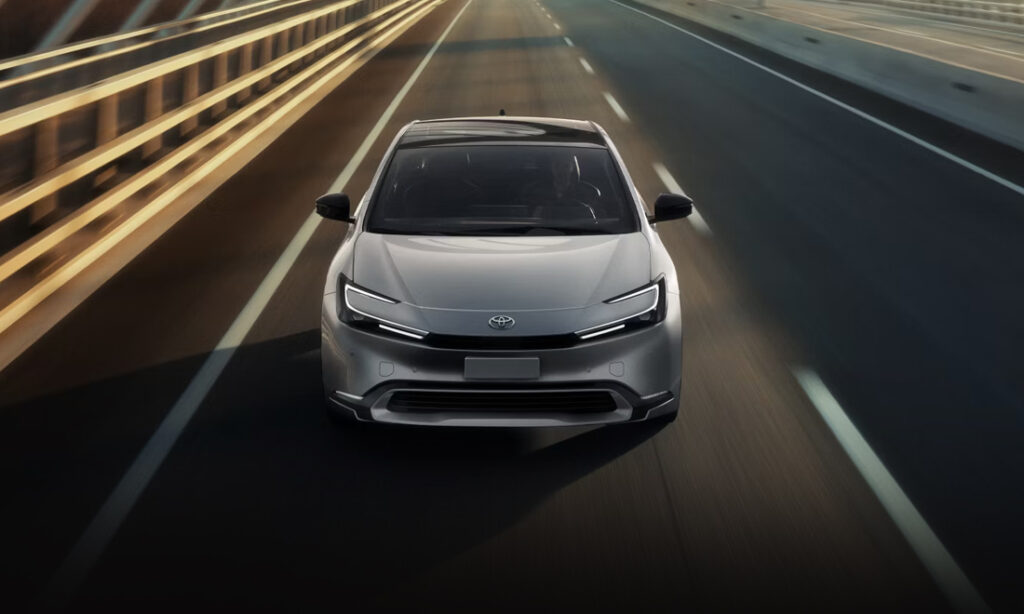
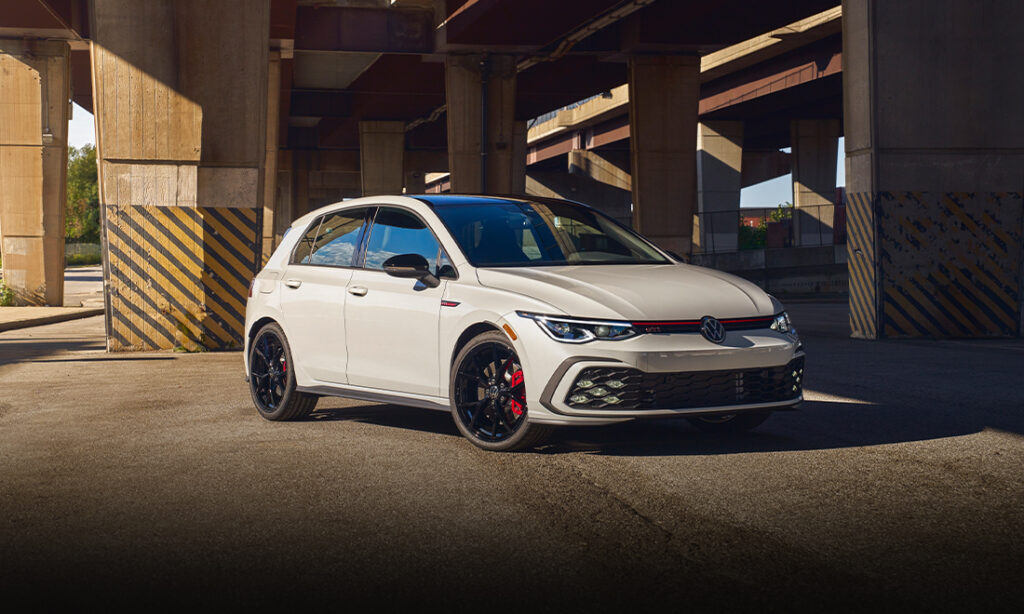
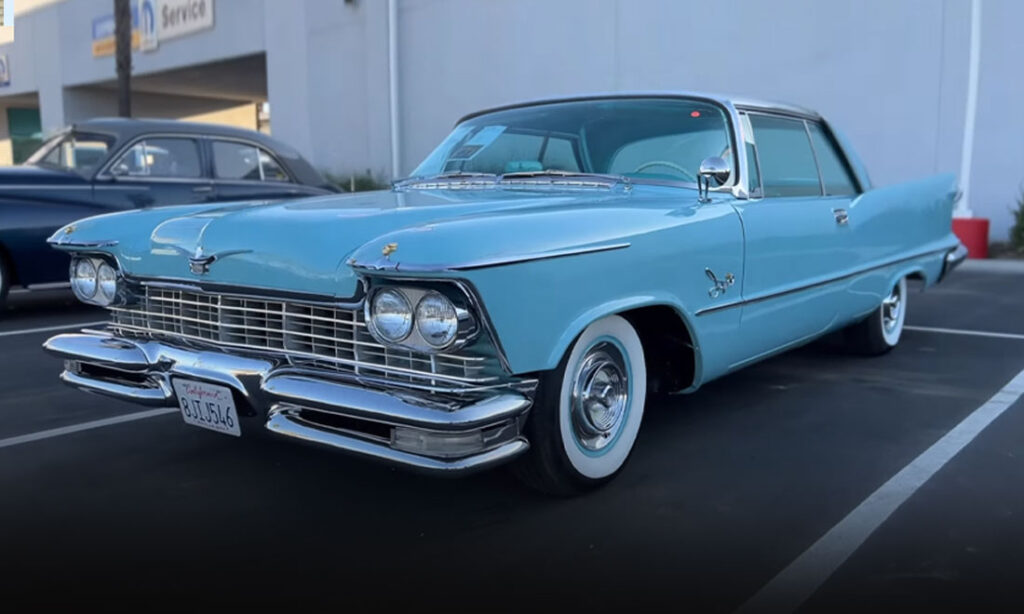
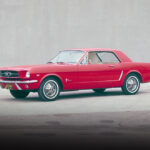




extremely well written, thumbs up
Thanks!
I’m selling a 78 k5 Chevy Cheyenne Blazer. All original 85k miles.